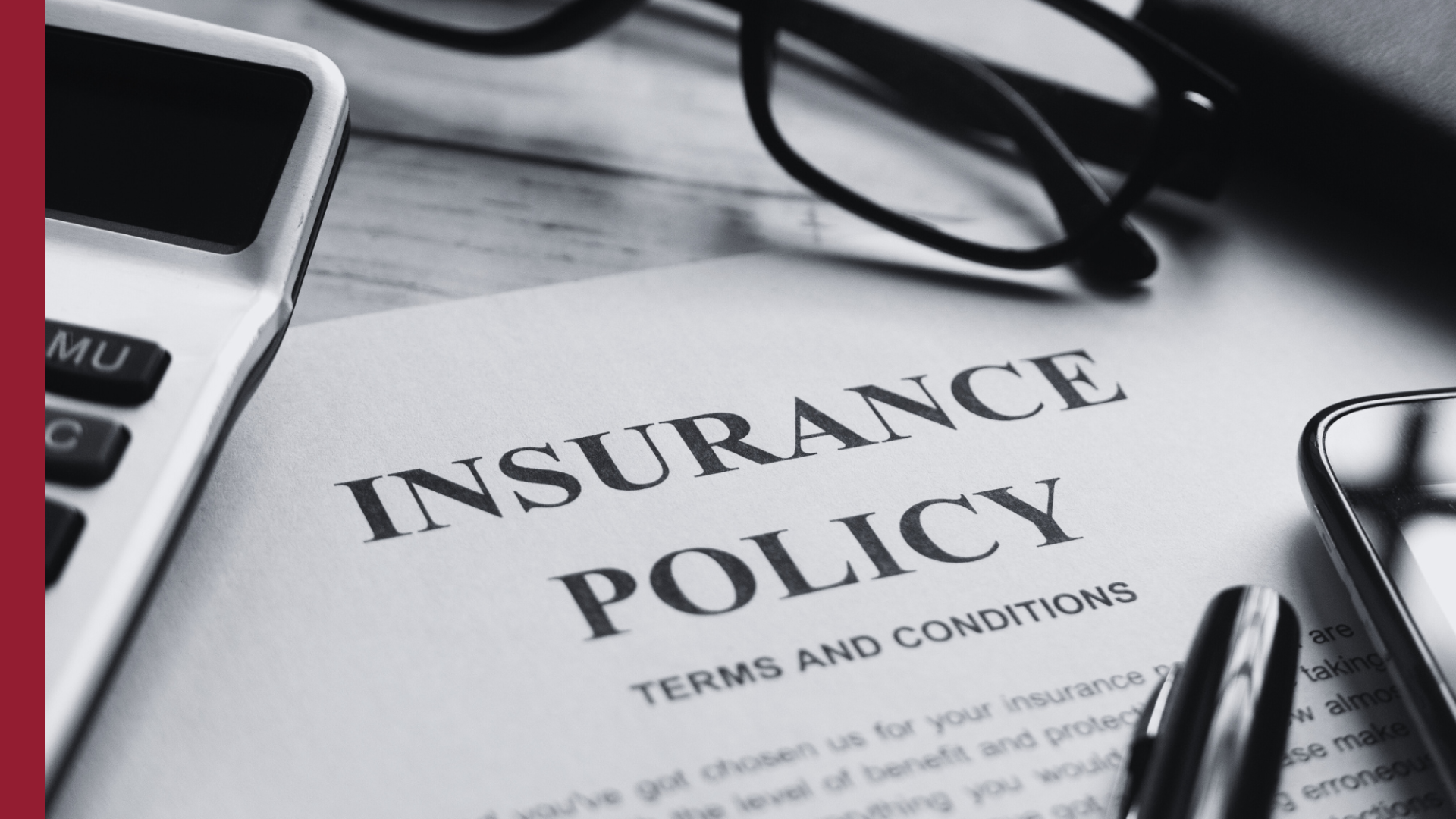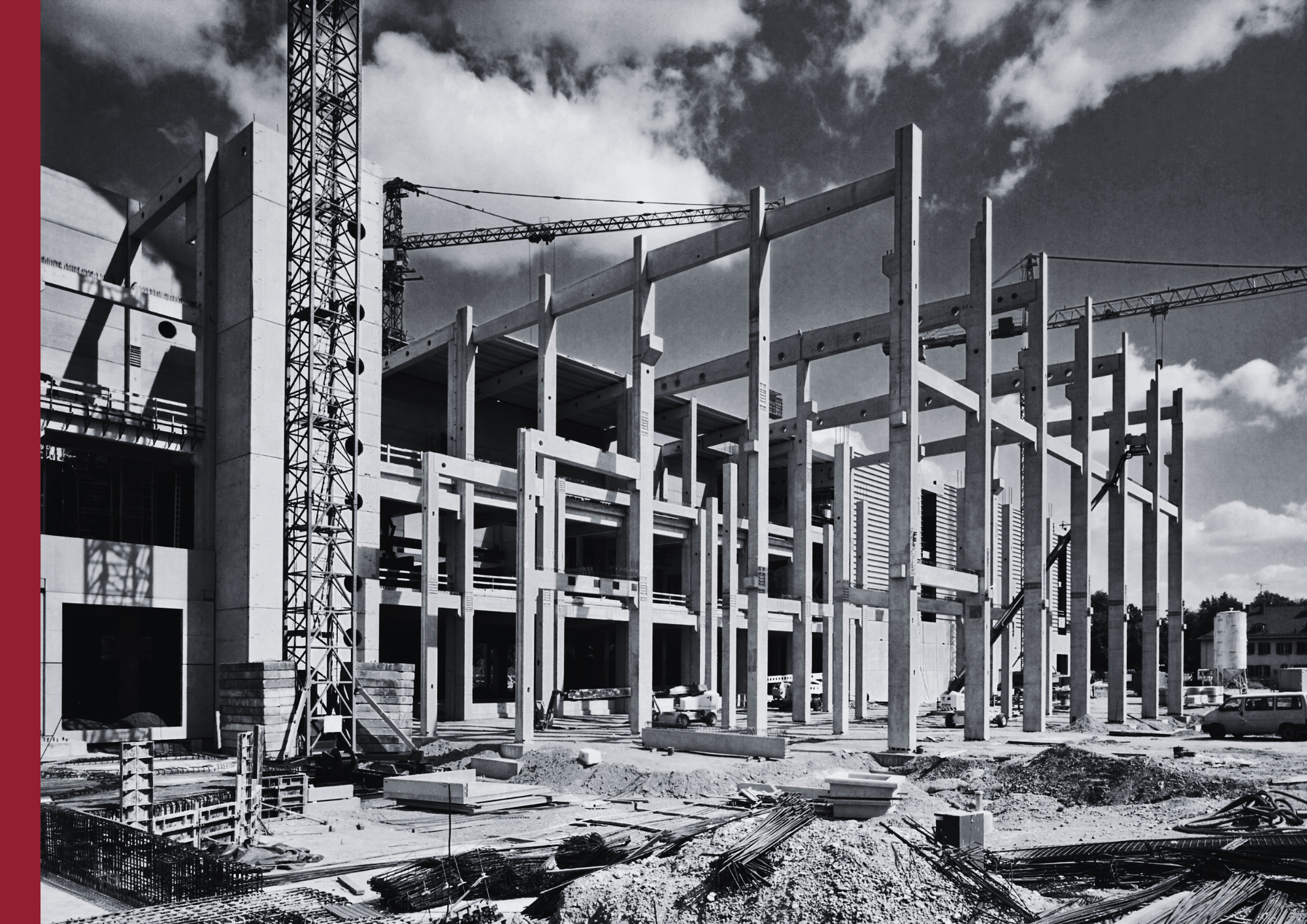Imagine a retail company suffers a devastating fire in its main warehouse. Although they had insurance, the owners underestimated the value of the stored goods by around €100,000, when in reality their value exceeded €200,000. After the incident, the insurer applied the proportional rule, and the company received compensation significantly lower than needed to cover the losses, leading to serious financial problems and delays in business operations. This case highlights the importance of understanding underinsurance, its meaning, and how to avoid it.
At Ambler, we explain everything related to underinsurance—its causes, consequences, and best practices to avoid it. If you want to manage your business risks properly and ensure its growth, this content will be very useful to you.
What is underinsurance?
In the insurance sector, the term underinsurance is closely linked to the importance of accurately calculating the values of insured assets. It occurs when the insured value in a policy is lower than the actual value of the insured asset. This means that, in the event of a claim, the compensation received will be proportionally lower, leaving the individual or company in a financially vulnerable position. For businesses, this can be critical, as inadequate coverage may halt operations and cause significant financial losses.
On the other hand, underinsurance can also result from lack of knowledge or insufficient professional advice, which highlights the importance of carrying out proper valuations and regularly updating policies.
Difference Between Underinsurance and Other Related Practices
There are other related concepts that can be confused with underinsurance and its meaning, such as:
Insufficient coverage
This occurs when the policy does not include certain important coverages, even if the insured value is correct. It means that although the assets are properly valued, some significant risks are not covered, leaving the insured exposed to unforeseen events. A common example is not including coverage for water damage in a property insurance policy.
Excess
It is the amount the insured party must bear before the insurer begins to compensate. Although the excess can be a tool to reduce the premium cost, it may also represent a significant risk if the insured lacks the financial capacity to cover that amount in the event of a claim.
Both concepts have different effects but can worsen the situation if underinsurance is also present, as the combination of insufficient coverage and a high excess may leave the insured in a critical position, without adequate financial protection to face the damages incurred.
Causes of underinsurance
At Ambler, we outline below the reasons that lead to underinsurance:
Incorrect valuation of the insured asset
Many organisations underestimate the true value of their assets to reduce premium costs. While this strategy may seem like a saving in the short term, it can lead to significant losses in the long term, as the coverage will be insufficient to replace the affected assets in the event of a claim. Remember that an accurate valuation protects your assets and gives you peace of mind knowing you have adequate coverage.
Changes in the value of the asset
The value of assets can change over time due to factors such as depreciation, appreciation, or market fluctuations. For example, machinery or equipment may increase in value if improvements are made, while other assets may depreciate due to use or the passage of time. If these changes are not reflected in the policy, underinsurance becomes inevitable, potentially leading to unpleasant surprises in the event of a claim.
Insurance contracts with insufficient coverage
Often, more limited coverage is chosen to save costs, without fully understanding the possible consequences. The reason? Lack of information or absence of professional advice. Purchasing insurance with insufficient coverage can result in lower-than-expected compensation and expose the insured to unnecessary risks that could have been avoided with properly planned coverage.
Consequences of underinsurance
Did you know that underinsurance can have devastating consequences for both individuals and businesses? Here is a list of some of its most serious effects:
Proportional reduction of compensation
The proportional rule applies in cases of underinsurance. If the insured value is only 60% of the actual value, the compensation will also be reduced to 60% of the damage. As a result, severe financial imbalances arise, leaving businesses or individuals with insufficient resources to cover the replacement or repair of their affected assets.
Possible breach of contract
Lack of adequate insurance may even be considered a breach of contractual obligations in certain commercial relationships. Therefore, special attention should be given to agreements with suppliers or clients, where insufficient coverage could undermine trust in the business relationship and potentially lead to legal or contractual penalties.
Financial risk
Underinsurance can lead to the bankruptcy of a business, especially if a claim results in significant uncovered losses. Likewise, inadequate coverage can hinder a company’s recovery by slowing down operations and threatening its ongoing viability. For individuals, this means facing unexpected expenses that severely impact their personal finances.
How to avoid underinsurance
We have already explained what underinsurance is and its meaning. But how can it be avoided?
Proper valuation of assets
Have a professional appraisal done before purchasing insurance to determine the true value of your assets. This helps prevent underinsurance and ensures you receive fair compensation in the event of a claim. Additionally, accurate valuation allows for more effective asset protection planning and avoids unpleasant surprises.
Periodic policy updates
Review and adjust the policy according to changes in the value of your assets to ensure adequate coverage. Factors such as inflation, recent purchases, or improvements to equipment can alter the value of your assets, and an outdated policy may leave you exposed. Regular reviews ensure your insurance remains aligned with the current state of your assets.
Professional advice
You can rely on Ambler for expert guidance and tailored solutions from specialists in the field. Our experts analyse your needs, identify potential risks, and offer you the best options available on the market. They also handle any necessary adjustments to your policies, giving you the peace of mind that you are protected against any eventuality.
Manage risks, protect your future
We have analysed what underinsurance is, its meaning, and how you can avoid it. Now you can protect what matters most with Ambler’s professional advice. We take care of examining every detail of your assets and assessing the specifics of your business or personal situation. Our team of experts supports you in contracting and updating policies to ensure you are fully protected against any eventuality. Don’t let underinsurance jeopardise your future. Contact us today for a professional assessment and discover how we can help you manage your business risks without compromising its stability.





